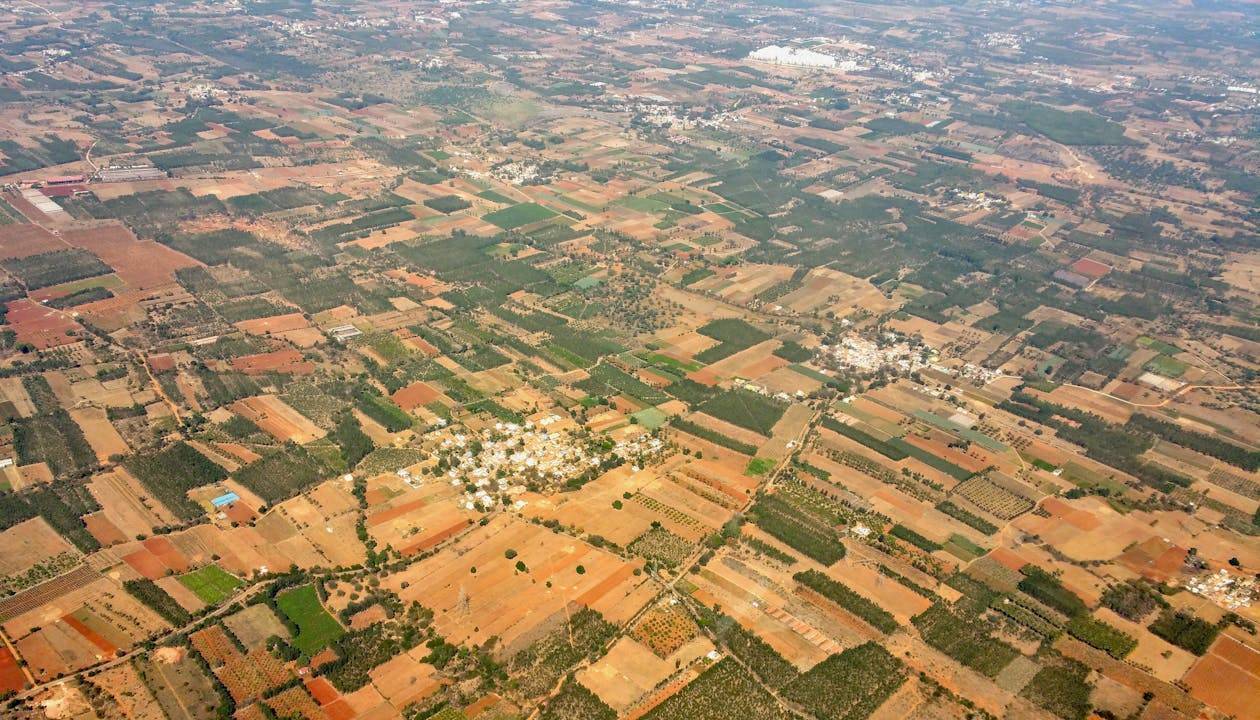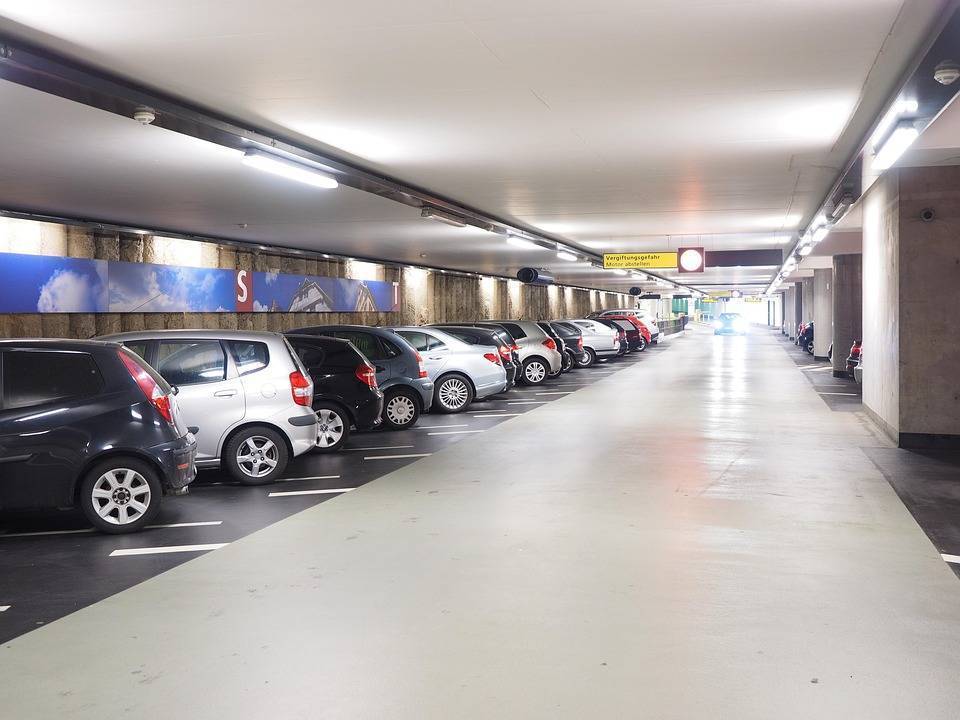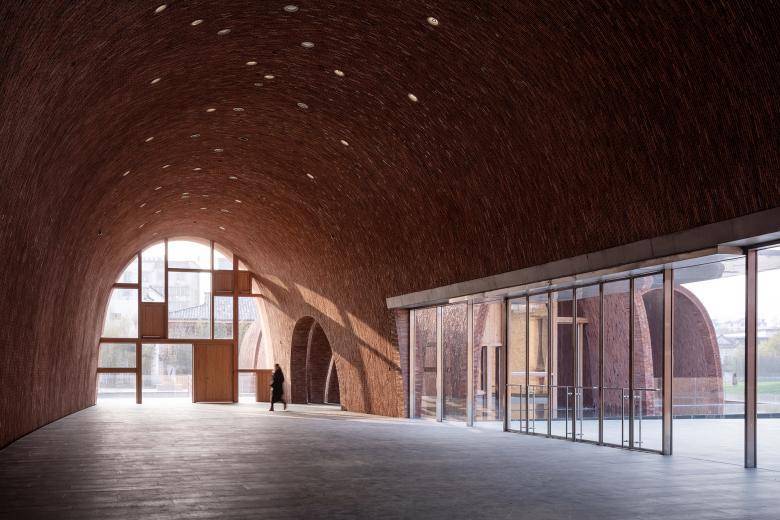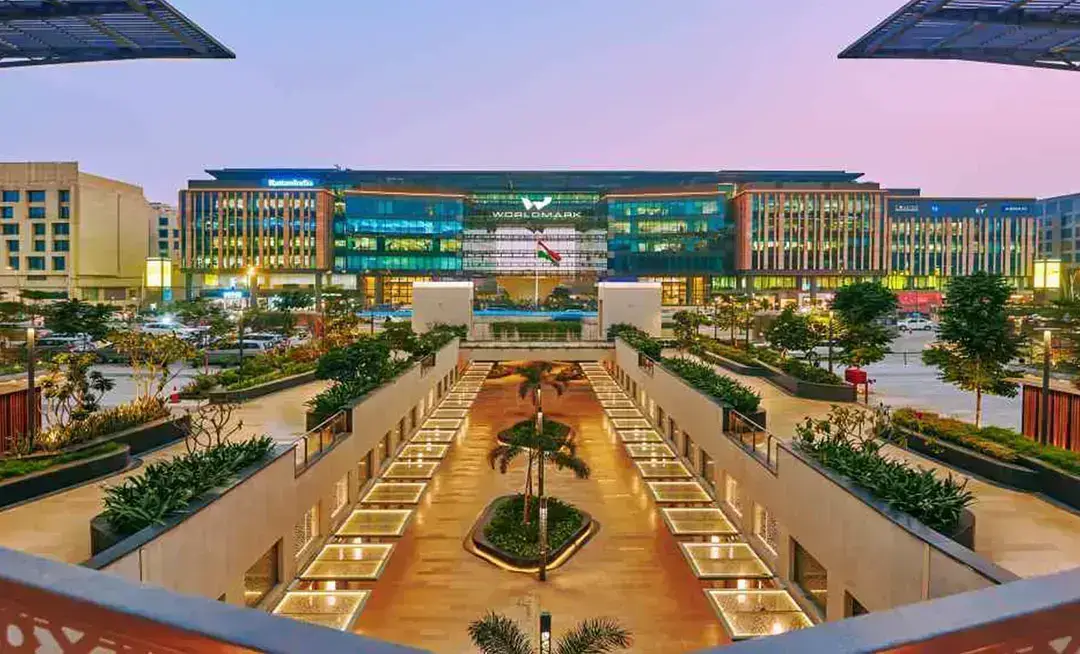The Airports Authority of India (AAI) has initiated a detailed assessment of three potential sites for Bengaluru’s second international airport, signalling the next major step in Karnataka’s long-term aviation strategy. With Kempegowda International Airport (KIA) nearing capacity in both passenger and cargo handling, the need for an additional airport has become more pressing. A multi-disciplinary team from AAI arrived in Karnataka on April 7 to begin their three-day site inspection, focusing on the proposed greenfield airport locations.
The state government has identified three potential sites for the new facility—two along Kanakapura Road and one on the Nelamangala–Kunigal Road corridor. Each site covers more than 4,500 acres and has been shortlisted based on accessibility, available land, and initial environmental and technical suitability. The new project is expected to mirror the growing urban and industrial expansion of Bengaluru, while addressing increasing demands on air connectivity.
The Karnataka State Industrial and Infrastructure Development Corporation (KSIIDC), which is the nodal agency for the project, shared comprehensive documentation with the AAI team ahead of the visit. This included revenue maps, a decade’s worth of weather data, Survey of India topographic maps, and satellite imagery. These documents are intended to help the central team assess the sites for terrain suitability, environmental impact, and operational viability.
One of the primary considerations for greenfield airport development is the availability of flat land. An aviation consultant involved with such projects explained that runway orientation and approach paths must be free from physical obstructions such as hills or mountains. Other technical requirements include minimal interference from surrounding water bodies, which can affect construction and aircraft safety, and favorable weather patterns, ensuring consistent operations throughout the year. Accessibility is another major factor, with seamless road and rail connectivity being essential for both passenger and cargo movement.
The initial inspection by AAI is only the first step in a multi-layered approval process. After the inspection team submits its report, the state government will commission a detailed feasibility study that includes environmental impact assessments, cost estimates, traffic projections, and logistical planning. Only after this thorough vetting will a final site be chosen for the airport.
The proposed timeline for the new airport, however, is bound by existing legal and contractual conditions. The concession agreement signed between Bangalore International Airport Ltd. (BIAL) and the Ministry of Civil Aviation stipulates that no competing airport can begin operations within a 150-km radius of KIA until May 2033, which marks the 25th anniversary of its commencement. This clause was designed to protect the financial interests of the private operators at BIAL, who invested heavily in the development of the city’s first airport.
In the meantime, KIA continues to handle record traffic. In the current fiscal year, the airport witnessed its highest ever footfall and cargo throughput, reflecting the robust growth of Bengaluru as both an economic and transportation hub. The opening of Terminal 2 in recent years has helped decongest some traffic, but projections indicate that even the expanded capacity may not be sufficient in the next decade.
While the project is still in its preliminary stage, the state’s move to engage AAI shows its intention to plan well in advance. The new airport is expected to be developed under the greenfield model, which allows for modern planning, sustainable infrastructure, and future-ready capacity. It also gives the opportunity to design logistics hubs, passenger amenities, and multimodal connectivity from scratch, aligning with international best practices.









.png)